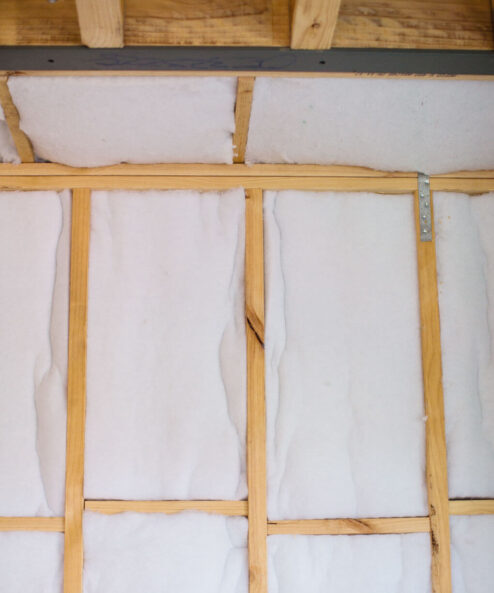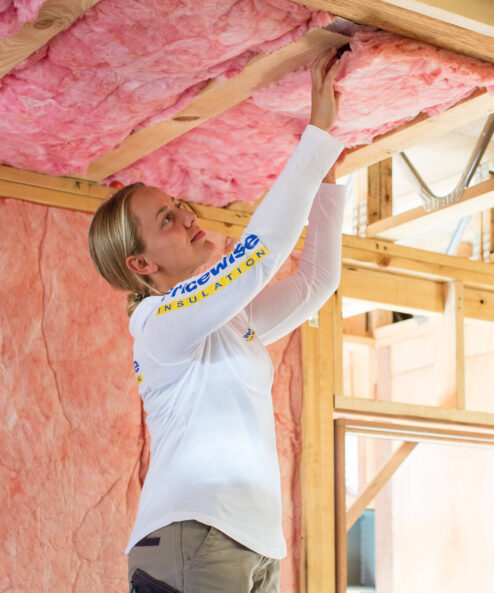Insulation Tips
Installing Retrofit Ceiling Insulation Batts
Most roof insulation installers start very early in the day. Not because they naturally happen to be what some people refer to as “morning people” but simply because the roof space gets very hot as soon as the sun hits. On the warmest days this even comes to the point of unbearable or unsafe. So, the more work that the installer gets out of the way early in the day the better. After breakfast he loads up his vehicle with the ceiling insulation batts, plugs the first address into his GPS and then he is on his way. It’s a retrofit job; an old house that was never insulated is finally having insulation installed in the roof.
Working Around a Ducted Air Conditioning System
It can be hard to tell from the outside that the installer has arrived at another nightmare job. This one is due to the presence of a ducted air conditioning system that can be likened to a giant boa constrictor. If he had the option, the insulation installer would prefer to cut off its head and feed it down the manhole. This is clearly not an option as the residents of the house aren’t interested in trading off their effective cooling system for some ceiling insulation batts, and the installer has to leave it in place. This makes the job of fitting the insulation between the rafters a lot more cumbersome.
Additional Roof Timber Obstacles
Most ceilings follow a typical structure of vertical and diagonal rafters meeting at the top and sloping down, and supporting beams, which makes it relatively easy to navigate around them. Conversely, some ceilings are built with an excessive number of timbers, all over the place. Maybe the house was built by a self-taught builder, who wanted to err on the safe side of his roof structure. The installer who has finally made his way up there with his first bag and stick is then faced with the daunting task of trying to weasel every last ceiling insulation batt manually between the timbers and into position.
While it does cost a bit more to get a professional installer in, it becomes pretty obvious to the installers why they have been called in.











